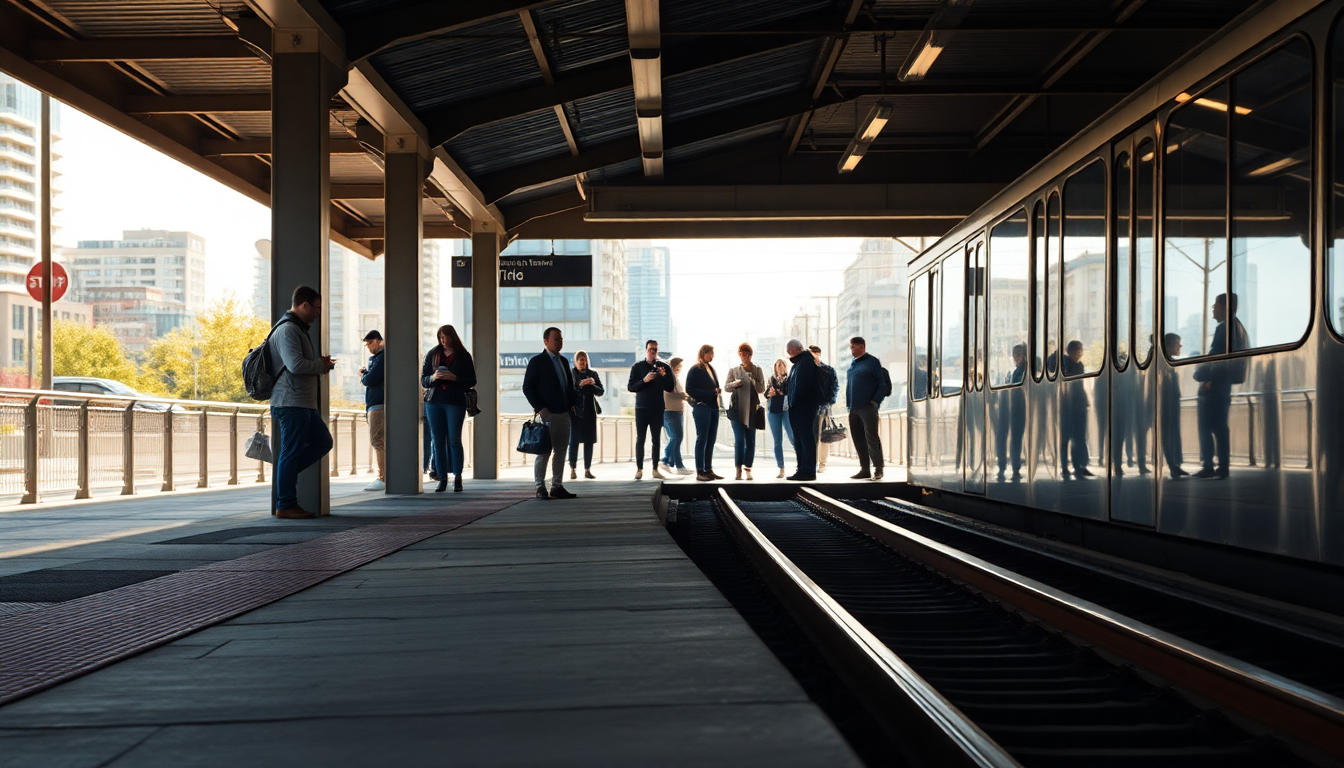Table of Contents
In a heartbreaking twist, a mother is stepping forward to advocate for stronger safety measures at SkyTrain stations after the tragic accidental death of her son, Julian. This incident, which took place at the Stadium-Chinatown SkyTrain station, has ignited a vital conversation about the urgent need for protective barriers to prevent similar tragedies in the future.
Cunningham, who lost her son when he fell off the platform, reflects on the long struggles he faced, noting that this accident tragically marked the end of a life filled with pain and hardship.
The Incident and Its Aftermath
On a Saturday morning, Julian, aged 34, fell backward off the platform, sustaining fatal injuries.
Cunningham vividly recounts the moment she learned of the incident while at a nearby park. Rushing to the hospital, she was met with the devastating reality of her son’s condition, where doctors indicated he showed almost no brain activity. In that heart-wrenching moment, she was able to hold him and say goodbye, a final farewell to a life that had been anything but easy.
This tragic event has sparked a renewed focus on the safety of public transit systems, especially in busy places like SkyTrain stations. Cunningham’s push for protective barriers comes from her strong belief that the risk of such accidents is simply too high in crowded stations where people frequently stand near the edges of platforms.
TransLink’s Response and Future Safety Measures
In light of this tragedy, TransLink, alongside the British Columbia Rapid Transit Company, has launched a comprehensive study to explore various options for reducing track intrusion. This initiative, dubbed the Trackway Intrusion Engineering Study, aims to assess cutting-edge technologies from transit systems around the world, including the potential installation of platform screen doors.
While discussions about safety enhancements are promising, TransLink has acknowledged that the existing SkyTrain infrastructure poses challenges to the immediate implementation of such solutions. Variations in door alignments across different train models and the unique design features of current stations complicate the rollout of uniform safety measures.
Unfortunately, findings from this study aren’t expected until 2027, highlighting the lengthy process ahead for any potential safety improvements.
The Broader Implications of Transit Safety
Cunningham’s heartfelt statement, “You shouldn’t have to bury your children; it’s not right,” encapsulates the weight of this situation and the emotional toll such accidents can have on families. The call for enhanced safety in public transit isn’t just about technology; it’s about a commitment to protecting lives and preventing further heartache. As communities rally for better safety measures, the necessity of a proactive approach in public infrastructure becomes increasingly apparent.
The tragic loss of Julian Cunningham serves as a sobering reminder of the vulnerabilities present in urban transit systems. As conversations about potential safety measures continue, there’s a collective hope that future implementations will prioritize the safety and well-being of all commuters, ensuring that no family has to endure the pain of losing a loved one in such preventable circumstances.





